Introduction to the Kedarnath Trek
We welcomes you to
Discover the mystical allure of Kedarnath, Uttarakhand. On a spiritual journey, stop by the famed Kedarnath Temple, which is devoted to Lord Shiva. Trek over beautiful routes while being surrounded by gorgeous scenery and lush woods from Guptkashi to Kedarnath. Utilise our thorough itinerary and travel safety advice to plan your trip. Experience the rich cultural legacy of this revered location while submerging yourself in the peace and tranquilly of the mountains. Observe the temple’s morning ceremonies, take in the spiritual atmosphere, and be in awe of the surrounding natural beauty. On the Kedarnath Trek, experience the ideal fusion of devotion and adventure. Make lasting memories, get in touch with your inner self, and enjoy the peace of this beautiful pilgrimage place.
In the Indian state of Uttarakhand, there is a well-known pilgrimage and hiking path known as the Kedarnath Trek. Due to the existence of the Kedarnath Temple, which is devoted to Lord Shiva, it is one of the most revered locations for Hindu pilgrims. Both religious pilgrims and adventure seekers will find the trip through stunning vistas, deep forests, and high-altitude mountain trails to be a magical experience. A perfect fusion of spiritual significance, breathtaking natural beauty, and an exhilarating hiking adventure can be found in the Kedarnath Trek.
Overview
• Where is Lord Kedarnath worshipped in Uttarakhand?
This Shiva temple is covered in snow for about half a year after Lord Shiva is transferred from Kedarnath to Ukhimath Dham. Sages who devote themselves to Baba Kedar practise contemplative yoga and love him even during the coldest months of the year. According to a tradition, Lord Shiva may be seen in many temples, including his arms in the Tungnath sanctuary, his face in the Rudranath sanctuary, his stomach in the Madmaheshwar sanctuary, and his head with hair in the Kalpeshwar sanctuary. give. Panch Kedar is the term used to describe Kedarnath and the additional four sanctuaries. whereby all of the Dhams worship Lord Shiva
• Route and Difficulty Level
The Kedarnath Trek travels a predetermined path from Gaurikund to the Kedarnath Temple, covering a distance of roughly 16 kilometres (10 miles). Along its course, the journey offers various levels of difficulty:
The first section of the journey from Gaurikund to Rambara (7 km/4.3 mi) entails a gentle elevation alongside the Mandakini River. The track is established and rather simple to follow, making it appropriate for trekkers in a moderate way.
From Rambara to Garud Chatti, a distance of 4 km (2.5 miles), the trail gets steeper and has more rocky areas and steps. It requires a fair amount of physical stamina and endurance.
From Garud Chatti to Kedarnath, the distance is five kilometres (3.1 miles), and the last section of the journey is a difficult ascent over uneven ground and stone steps. This section may require physical
• Highlights and Scenic Beauty
The Kedarnath Trek is well known for its magnificent scenery and intriguing attractions. The following are some of the main highlights you might anticipate seeing along the trek:
Majestic Himalayan Views: Along the way, you’ll get to see breathtaking panoramas of the towering Himalayan mountain range. The backdrop is made up of sweeping views of snow-covered mountains, notably the Kedarnath Peak.
Alpine Flora and Lush Greenery: The trail passes through diversely vegetated, deep forests. You will see a colourful tapestry of flowers, including rhododendrons, orchids, and wildflowers, which give the surroundings a touch of natural beauty.
River Confluence: Along the way, you will pass the Mandakini and Vasuki Ganga River Confluence, which is considered to be Sacred. It is breathtaking to see these pure rivers converge despite the rough landscape.
The journey’s greatest accomplishment is arriving at the famed Kedarnath Temple. The ancient temple, which is located at a height of 3,583 metres (11,755 feet), is of great spiritual value to followers of Lord Shiva. It is a really special destination to visit because of the magnificent architecture and spiritual atmosphere.
Chorabari (Gandhi Sarovar) Lake: The tranquil Chorabari Lake, also known as Gandhi Sarovar, is located not far from the Kedarnath Temple. This glacial lake offers a serene and beautiful location for introspection because it is surrounded by snow-capped peaks.
Serenity & seclusion: The Kedarnath Trek takes you down relatively less used paths, allowing you to feel a sense of tranquilly and seclusion in the magnificent alpine setting. A fantastic vacation from the busy world, the tranquil atmosphere and unspoiled natural beauties give.
Your excursion may include a bit of nature adventure if you come across animals like Himalayan black bears, musk deer, blue sheep, and other bird species.
For all trekkers, the Kedarnath Trek offers a singular synthesis of breathtaking natural beauty, profound spiritual importance, and serene surroundings, making it an unforgettable and visually arresting experience.Environmental Conservation and Responsible Trekking
• Environmental Conservation and Responsible Trekking
When discovering the natural splendour of the Kedarnath Trek, responsible trekking and environmental preservation are of the utmost significance. Here are some rules and behaviours to guarantee less environmental effect and encourage sustainable trekking:
Follow the “Leave No Trace” philosophy by carrying out all of the trash you produce while hiking, including plastic bottles, food wrappers, and other non-biodegradable things. Use the authorised trash cans to properly dispose of rubbish, or bring it back to the designated waste management facility.
Reduce the usage of single-use plastics by avoiding the use of bags, utensils, and water bottles. Bring a reusable water bottle, and filter the water you find along the way from reputable sources. Use environmentally friendly substitutes like bamboo or steel cutlery and cloth bags to transport necessities.
Use established campsites wherever possible because they are intended to have the least negative environmental impact. To avoid contamination, stay away from establishing up tent next to water sources. Place tents over sturdy ground, such as gravel or rocks, as opposed to delicate plants.
Use of Firewood and Cooking: To reduce the risk of forest fires, cook on the hike using a camping stove rather than an open fire. Carry cookware that uses less energy. Use only dead and fallen wood for collecting firewood, and do it sparingly and in accordance with local laws.
Respect for Local Culture and Customs: Recognise and honour regional traditions, customs, and cultural practises. Before taking pictures of individuals or holy locations, get permission. Dress modestly, especially when visiting or around places of worship.
Support Local Economy: You may help the community by using your money to pay for goods, services, and food that are produced nearby. To help local communities maintain their way of life, whenever possible, choose local tour operators, porters, and lodging alternatives.
Educate and Raise Awareness: Inform other trekkers about responsible hiking techniques and drive home the significance of environmental preservation. Inspire others to adopt sustainable habits and have a good environmental influence.
We can contribute to preserving the natural beauty of the Kedarnath valley for future generations and ensuring that it continues to be a pristine and sustainable travel destination by implementing responsible trekking practises.
• Conclusion and Personal Reflection
The Kedarnath Trek is a life-changing experience that combines spirituality, adventure, and a profound connection with nature. It is more than just a physical trek through stunning scenery and high-altitude pathways. With the famed Kedarnath Temple at its centre and pilgrims from all over the world, the trip is noteworthy in terms of culture and history.
It is crucial to emotionally and physically prepare for the Kedarnath Trek while also making sure you have all the necessary supplies. The path offers a variety of rewards and difficulties, including hard ascents, peaceful valleys, lush forests, and magnificent mountain vistas. Be aware of safety precautions, acclimatisation, and environmental care throughout the trek.
The Kedarnath Trek can be a transforming experience for one’s self-reflection. Introspection and a sense of awe are sparked by the natural beauty and spiritual ambience. A profound awareness of one’s own capacities, a fresh appreciation for the power of religion, and a strong sense of connectedness to nature may all be brought on by the trek.
With the Kedarnath Trek, you may test your physical limits, immerse yourself in the region’s rich culture, and unwind in the tranquilly of the mountains. It is a journey of the body, mind, and spirit that leaves behind fulfilling memories.
Carry the knowledge gained, the beauty seen, and the moments of tranquilly experienced with you as you complete the walk. The Kedarnath Trek is a soul-stirring experience that transforms you, leaving you with a deep regard for nature and awe of the spiritual world’s power.

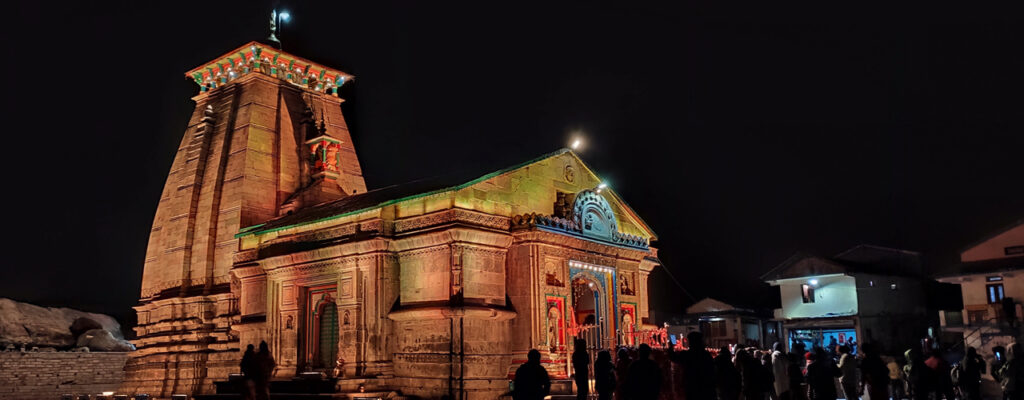
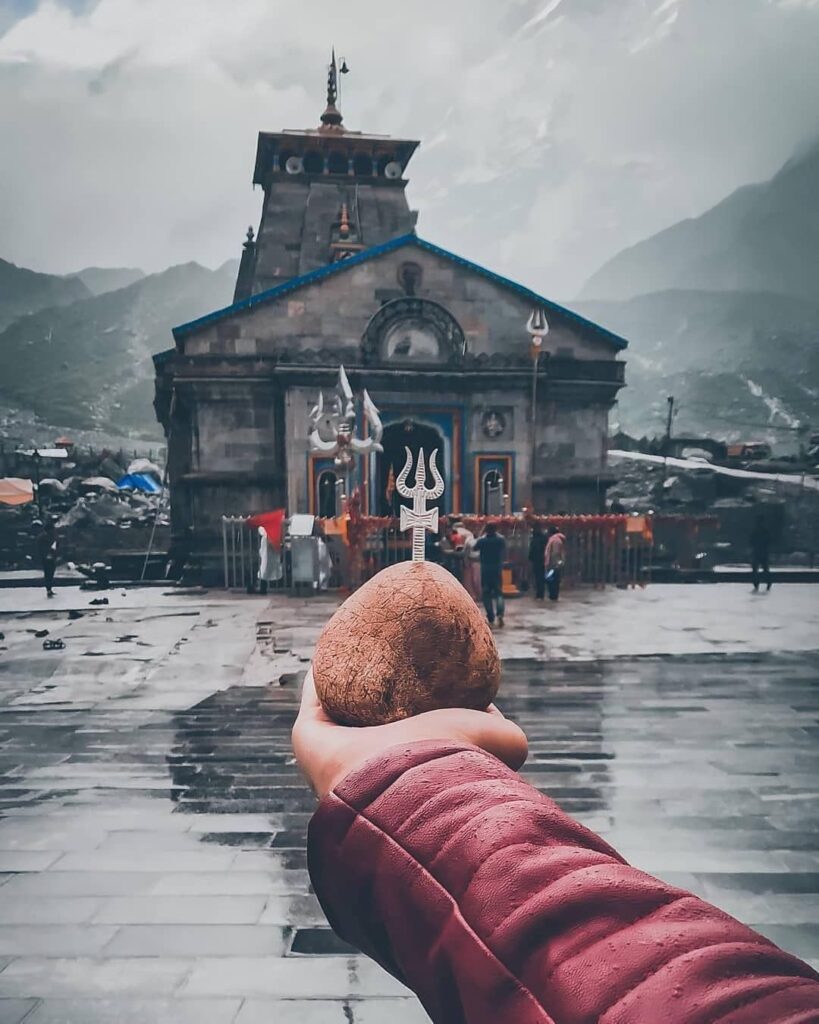

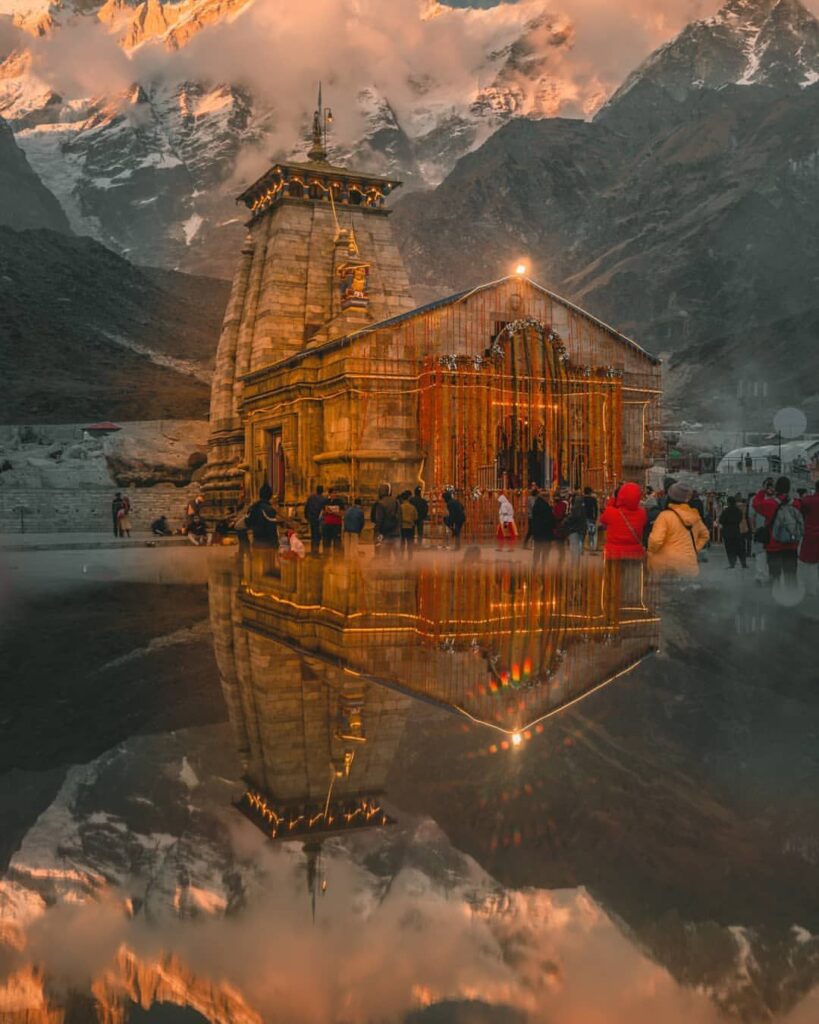
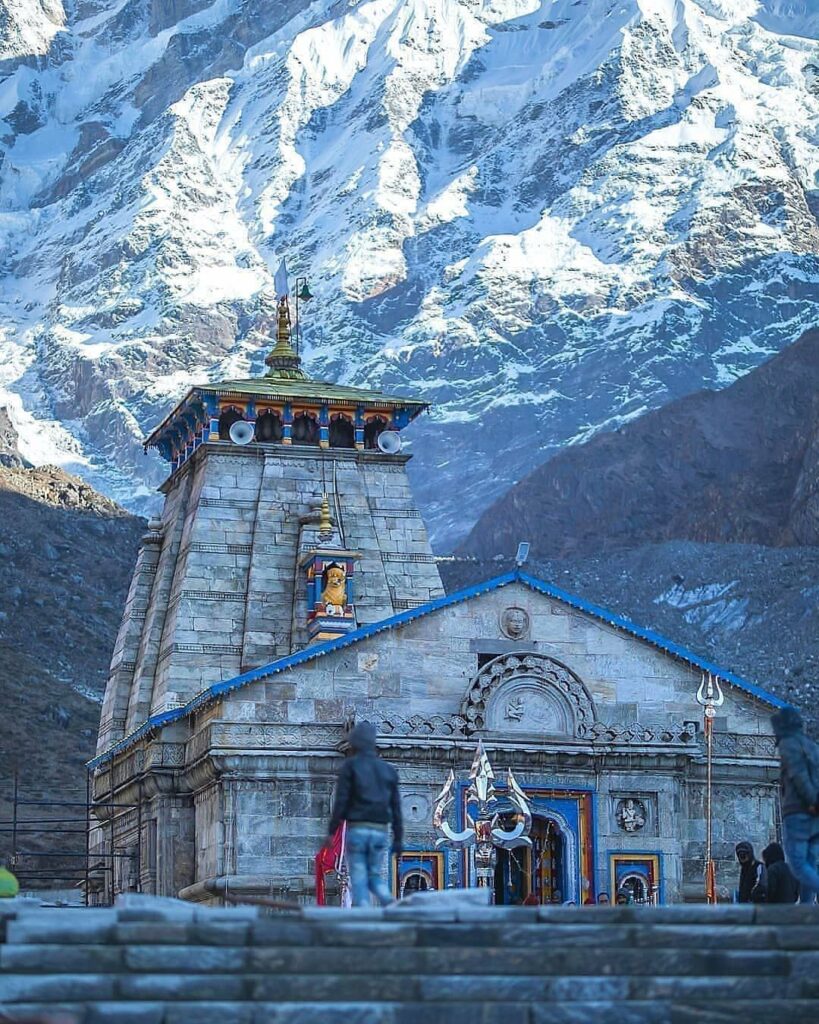

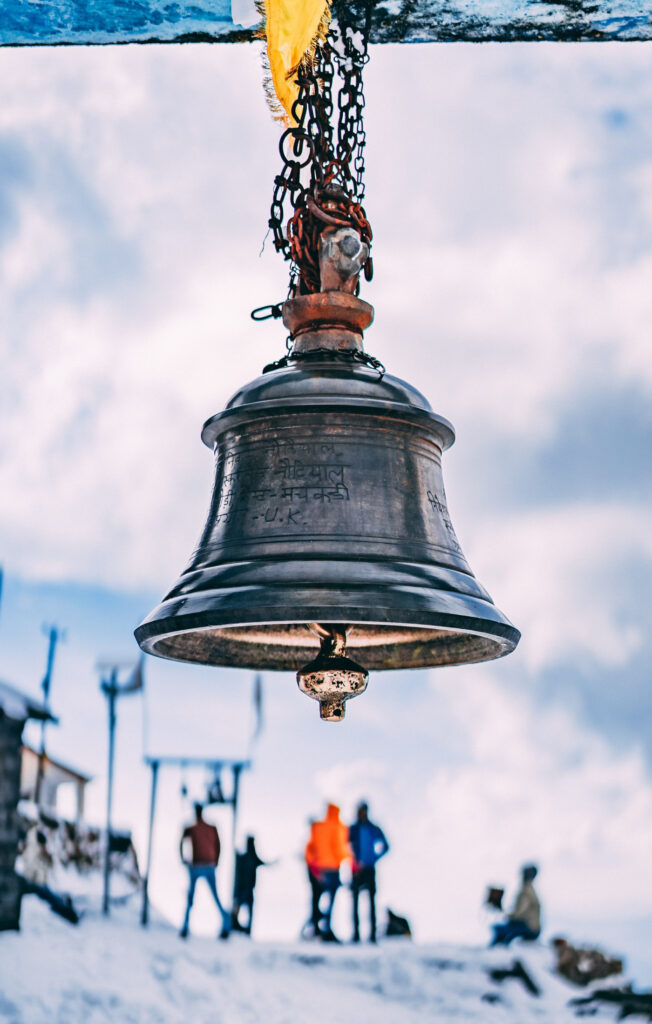








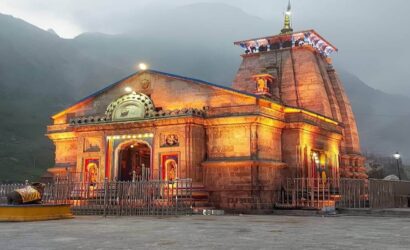



 About
About Contact
Contact
